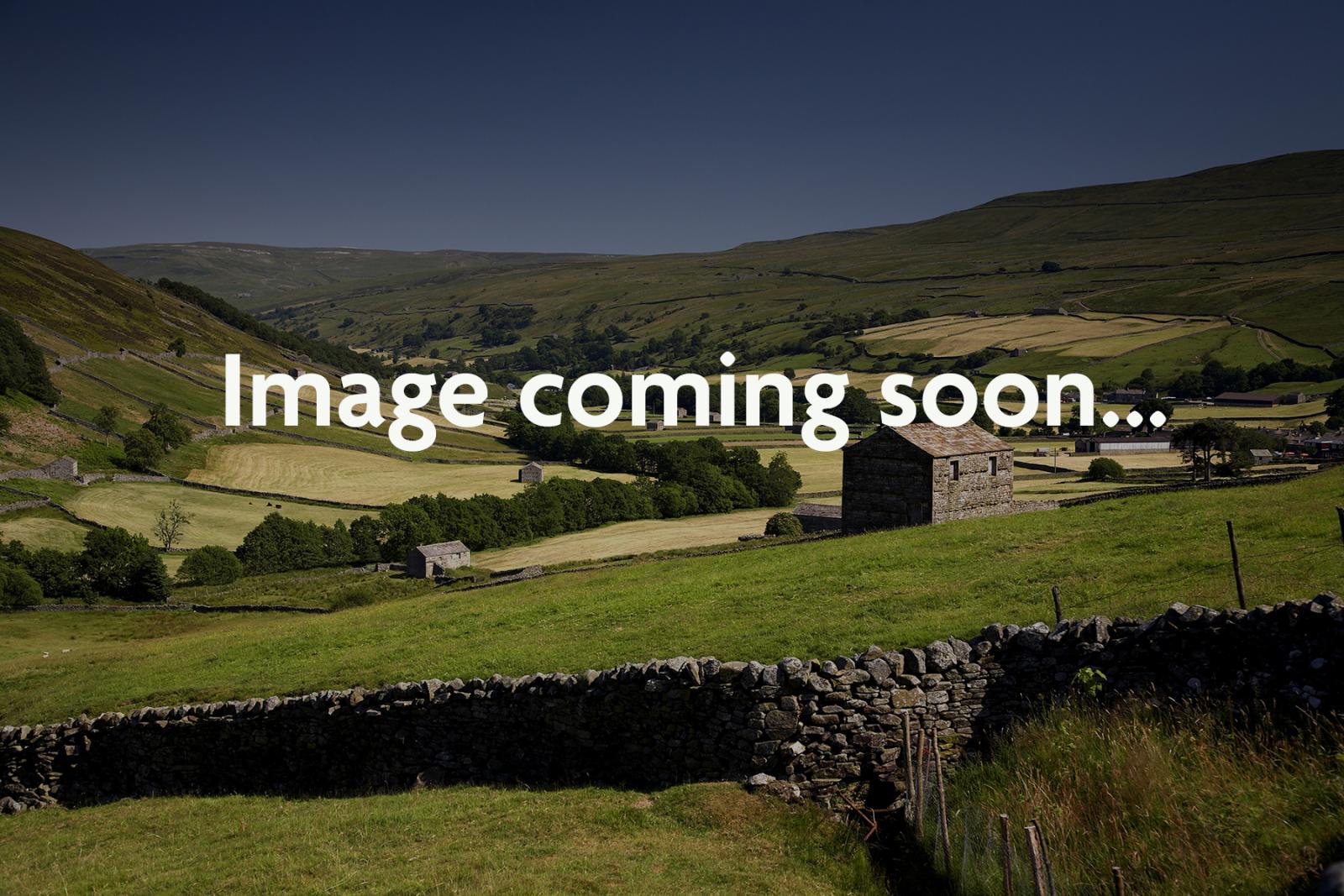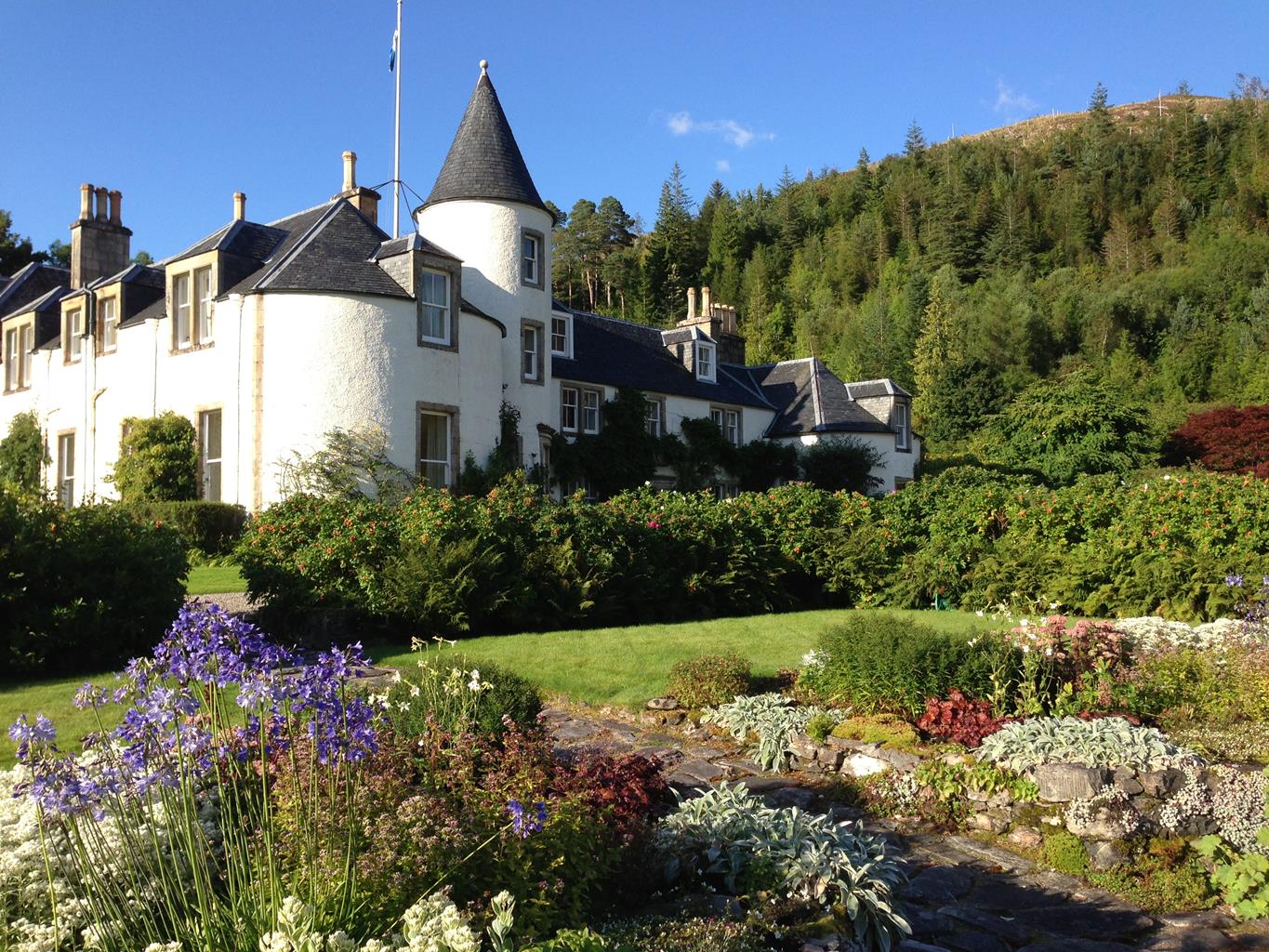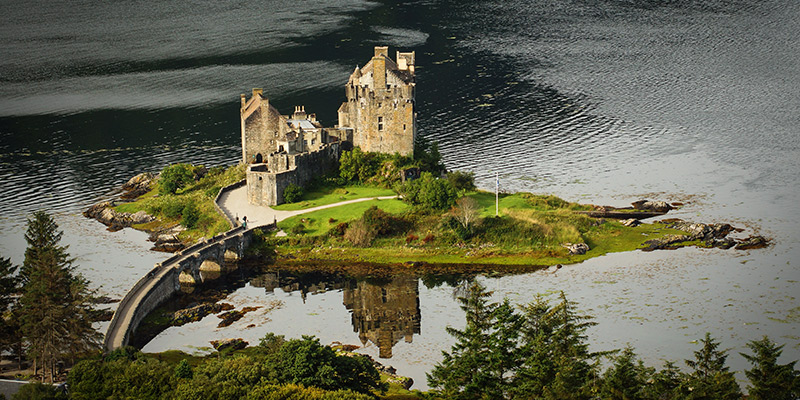This 150-year-old former hunting lodge is set on the hillside looking over the south end of Loch…

Our View
Like much of the Highlands, the Glen Affric NNR was once densely populated with farming crofts, but people were replaced by sheep during the infamous Highland Clearances of the 18th and 19th centuries. Grazing is closely controlled today, and the glen is managed with nature as its primary aim. It is now a magical mixture of native pinewoods, glistening lochs, spectacular waterfalls and haunting moorland, all set within the Glen Affric National Scenic Area. Glen Affric is a long, thin reserve that changes significantly from east to west, giving a range of different habitats. Flowing through the middle of the glen is the tumultuous River Affric, favoured by the elusive otter and dippers, while the lochs are home to both rare red and black-throated divers and the occasional visiting osprey. The lower slopes of the glen are cloaked in ancient pinewood with rare plants like creeping lady’s tresses and lesser twayblade carpeting the woodland floor, while the west end of the glen is dominated by moorland,where golden eagles reign.
Features
Also in the area
About the area
Discover Highland
Apart from the Orkneys and the Shetlands, Highland is Scotland’s northernmost county. Probably its most famous feature is the mysterious and evocative Loch Ness, allegedly home to an ancient monster that has embedded itself in the world’s modern mythology, and the region’s tourist industry. Monster or no, Loch Ness is beautiful and it contains more water than all the lakes and reservoirs in England and Wales put together. The loch is 24 miles long, one mile wide and 750 feet deep, making it one of the largest bodies of fresh water in Europe.
At the very tip of the Highlands is John o’ Groats, said to be named after a Dutchman, Jan de Groot, who lived here in the early 16th century and operated a ferry service across the stormy Pentland Firth to Orkney. In fact, the real northernmost point of the British mainland is Dunnet Head, whose great cliffs rise imposingly above the Pentland Firth some two miles further north than John o’ Groats.
The Isle of Skye is the largest and best known of the Inner Hebrides. Its name is Norse, meaning ‘isle of clouds’, and the southwestern part of the island has some of the heaviest rainfall on the whole of the British coast. Despite this, it’s the most visited of all the islands of the Inner Hebrides. It’s dominated from every view by the high peaks of the Cuillins, which were only conquered towards the end of the 19th century.
Nearby stays
Places to Stay
Dining nearby
Restaurants and Pubs
Why choose Rated Trips?
Your trusted guide to rated places across the UK
The best coverage
Discover more than 15,000 professionally rated places to stay, eat and visit from across the UK and Ireland.
Quality assured
Choose a place to stay safe in the knowledge that it has been expertly assessed by trained assessors.
Plan your next trip
Search by location or the type of place you're visiting to find your next ideal holiday experience.
Travel inspiration
Read our articles, city guides and recommended things to do for inspiration. We're here to help you explore the UK.














